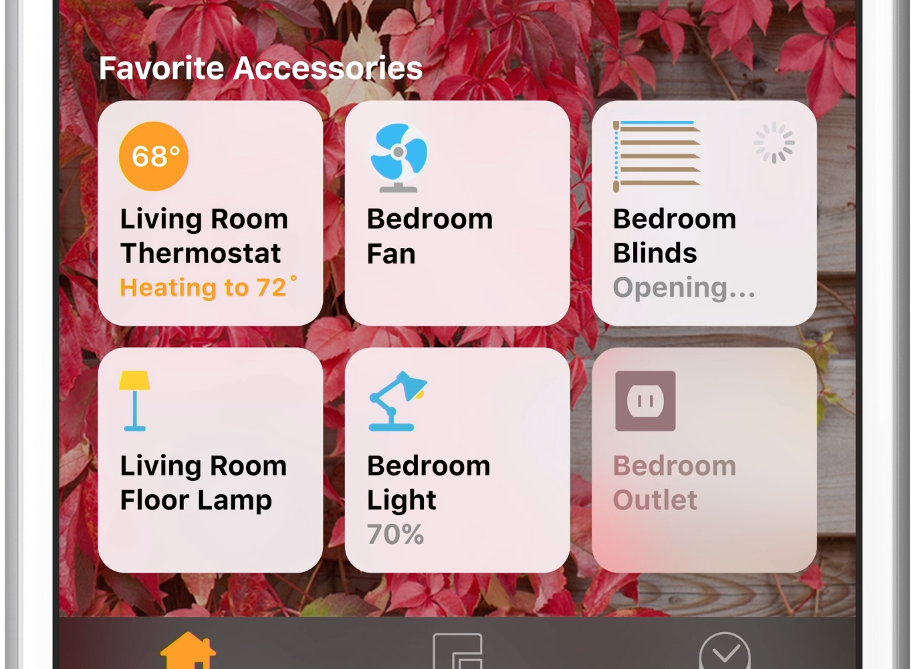
As expected, Apple previewed iOS 10 at this week’s Worldwide Developer Conference (WWDC) in San Francisco. And as expected, upgrades to Apple’s Siri digital assistant dominated the presentation. In a bid to compete against rivals such as Google and Amazon that are making hard pushes into the artificial-intelligence realm, Apple has opened Siri’s API to third-party developers, potentially boosting its functionality. Uber and WhatsApp are early partners in this effort—if you ever wanted to order a cab or send a text massage to a friend via voice command, your chance is coming soon. (As announced at WWDC, Siri is also coming to MacOS Sierra, Apple’s (rebranded) desktop operating system. On the desktop, Siri can help you send messages, find files, and execute some background tasks.) Here are some of the other highlights:
Apple Music
In addition to Siri, Apple unveiled a revamped version of Apple Music, its streaming-music hub. Although Apple has poured considerable resources into the app over the past year, user complaints about the software’s UX led its designers to go back to the proverbial drawing board. Although many of the tabs on this updated Apple Music remain unchanged, the interface itself is streamlined. Apple Music still has some way to go before it eclipses Spotify’s 30 million users. While a revamped design may help Apple boost subscription rates, the company’s content strategy will ultimately determine whether it can match its biggest rival.
Messaging
As with artificial intelligence and bots, messaging is becoming another battlefield in the tech world, as demonstrated by Facebook’s willingness to shell out a cool $19 billion for WhatsApp in 2014. Apple’s iOS 10 boosts the capabilities of Messages, mostly with fun features designed to make the app “stickier” for users. With the upgraded version of Messages, you can now tap words in a message to turn them into emoji. You can add animations. Developers will have the ability to play around in this particular sandbox, although Apple also emphasized its commitment to encryption and security when it comes to users’ messages.
Apple Home
After dipping a toe into the Internet of Things (IoT) arena with HomeKit, Apple has decided to plunge all the way in. The Apple Home app will allow users to control HomeKit-enabled appliances from their phone, whether doorbells, cameras, air conditions, garage doors, sensors, humidifiers, lights, and more. (You can get a glimpse of the UX in the image above.)
Apple Maps
In 2012, Apple rolled out Apple Maps, an attempt to curate its own cartographic data in-house.
The results were disastrous: users complained about inaccurate directions, and Apple CEO Tim Cook had to issue a public apology. Over the past four years, though, Apple has steadily improved Apple Maps’ capabilities. With iOS 10 comes the latest iteration: in addition to a UX redesign, Maps will offer everything from restaurant suggestions to alternate routes for avoiding bad traffic. Apple also intends to open the platform up to developers who want to build third-party extensions, which could result in some interesting functionality.
 As expected, Apple previewed iOS 10 at this week’s Worldwide Developer Conference (WWDC) in San Francisco. And as expected, upgrades to Apple’s Siri digital assistant dominated the presentation. In a bid to compete against rivals such as Google and Amazon that are making hard pushes into the artificial-intelligence realm, Apple has opened Siri’s API to third-party developers, potentially boosting its functionality. Uber and WhatsApp are early partners in this effort—if you ever wanted to order a cab or send a text massage to a friend via voice command, your chance is coming soon. (As announced at WWDC, Siri is also coming to MacOS Sierra, Apple’s (rebranded) desktop operating system. On the desktop, Siri can help you send messages, find files, and execute some background tasks.) Here are some of the other highlights:
As expected, Apple previewed iOS 10 at this week’s Worldwide Developer Conference (WWDC) in San Francisco. And as expected, upgrades to Apple’s Siri digital assistant dominated the presentation. In a bid to compete against rivals such as Google and Amazon that are making hard pushes into the artificial-intelligence realm, Apple has opened Siri’s API to third-party developers, potentially boosting its functionality. Uber and WhatsApp are early partners in this effort—if you ever wanted to order a cab or send a text massage to a friend via voice command, your chance is coming soon. (As announced at WWDC, Siri is also coming to MacOS Sierra, Apple’s (rebranded) desktop operating system. On the desktop, Siri can help you send messages, find files, and execute some background tasks.) Here are some of the other highlights:
 As expected, Apple previewed iOS 10 at this week’s Worldwide Developer Conference (WWDC) in San Francisco. And as expected, upgrades to Apple’s Siri digital assistant dominated the presentation. In a bid to compete against rivals such as Google and Amazon that are making hard pushes into the artificial-intelligence realm, Apple has opened Siri’s API to third-party developers, potentially boosting its functionality. Uber and WhatsApp are early partners in this effort—if you ever wanted to order a cab or send a text massage to a friend via voice command, your chance is coming soon. (As announced at WWDC, Siri is also coming to MacOS Sierra, Apple’s (rebranded) desktop operating system. On the desktop, Siri can help you send messages, find files, and execute some background tasks.) Here are some of the other highlights:
As expected, Apple previewed iOS 10 at this week’s Worldwide Developer Conference (WWDC) in San Francisco. And as expected, upgrades to Apple’s Siri digital assistant dominated the presentation. In a bid to compete against rivals such as Google and Amazon that are making hard pushes into the artificial-intelligence realm, Apple has opened Siri’s API to third-party developers, potentially boosting its functionality. Uber and WhatsApp are early partners in this effort—if you ever wanted to order a cab or send a text massage to a friend via voice command, your chance is coming soon. (As announced at WWDC, Siri is also coming to MacOS Sierra, Apple’s (rebranded) desktop operating system. On the desktop, Siri can help you send messages, find files, and execute some background tasks.) Here are some of the other highlights:

